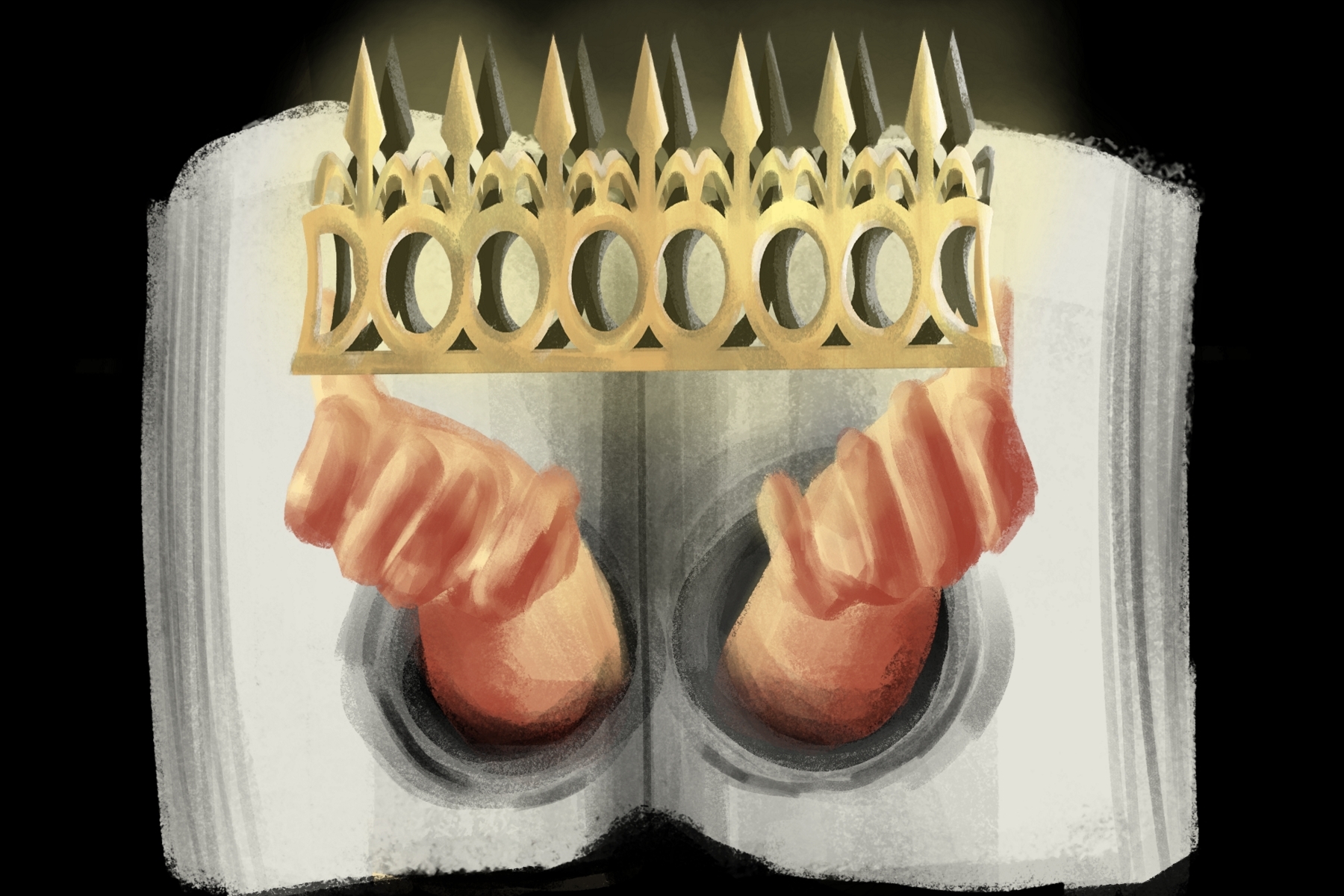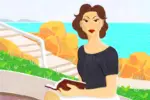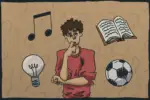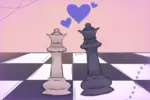As a broke college student, I can’t always splurge on luxuries, like getting my nails done or buying two-ply toilet paper. Unfortunately, purchasing books has become a part of this category — especially sad for an avid book lover like myself. When I was a tween, there was nary a time when you would find me without a book. Now, people have to wrestle me into a bookstore since I fear blowing my paycheck. The “Folk of the Air” trilogy by Holly Black, however, has given me a fresh new reason to spend my money through the spectacular reviews for “The Cruel Prince,” “The Wicked King” and “The Queen of Nothing.”
Spoiler Warning
The “Folk of the Air” series is a fantasy YA trilogy that centers on the life of Jude Duarte and her trials of existing as a human in the High Court of Faerie. After losing her parents as a child, Jude is forced to live in the kingdom of Elfhame with Madoc, the fey that murdered her parents. In this realm, she must learn to survive as a non-magical creature with her twin sister, Taryn, and her half-fey half-sister, Vivi.
Throughout the trilogy, Jude grows from a stubborn human girl with a thirst to prove herself, to one of the most powerful beings in Elfhame. She outsmarts political foes that are centuries older, becomes a skilled and masterful swordswoman and, eventually, finds herself on the throne.
It doesn’t hurt that Cardan Greenbriar, the “cruel” prince of Elfhame, falls in love with her.
The trilogy has garnered a multitude of positive reactions, and each book has earned its place on The New York Times bestseller list, rapidly gaining popularity among young adult book readers. It’s easy to understand the hype around this series with such a tough-as-nails heroine and her arrogant, but broken love interest.
While the “Folk of the Air” series seems to exhibit a lot of common YA tropes that might not seem revolutionary on a surface level, the trilogy uses them in exceptional ways. The books deal with the trauma that arises from abuse, the grey area of letting the ends justify the means and other exciting themes.
Along with these difficult topics, Black brings up specific themes in the trilogy that give a new glimpse into this genre that might be an indicator that other YA fantasy or supernatural fiction are heading in a similar direction.
What’s fake and what’s real?
The High Court of Faerie is flooded with deception at every corner. Though it is a known factor in Faerie legend that the fey cannot lie, that does not mean that the mystical beings don’t try to find ways around this restriction through ploys and illusions called glamours.
The ability to lie is something that sets Jude and her twin sister apart from the court, and that gives them slight power.
Eventually, Jude gains the ability to see through all of Elfhame’s glamour and, with this newfound ability, is able to see the mystical realm and its inhabitants for what they really are. It seems intentional that the main character gains this insight.
Jude’s innate humanness is a concept that can transcend the fey realm. With the amount of worship placed on mythical or paranormal figures in YA fiction, being and staying an ordinary human can be an unpopular choice for a heroine. Instead, Black chooses to highlight Jude’s humanity as her strength.
Dehumanization (or defaeriezation?)
No one is free from the cruelty of the High Court — not even the prince of Elfhame. Cardan is revealed to face serious mistreatment, even from the ones closest to him. It’s a pain that connects Cardan and Jude.
However, this maltreatment proves to be a vicious cycle for the two in various moments of the series. Cardan to Jude, then Jude to Cardan and so on: their relationship is built on animosity. Cardan’s anger stems from his jealousy of Madoc’s affection toward Jude, which Cardan could never obtain from his family, and Jude’s issues stem from her envy of Cardan’s freedom.
Ultimately, their broken nature is what makes them relate to each other and the audience in a way that doesn’t excuse their toxic behavior. They change and grow, just as anyone who faces the ugly ramifications of enduring abuse.
So many flaws
Usually, it is the adults in power who are subjecting the young protagonists to certain expectations. However, in this series, the young folks get to this place on their own due to the high expectations Jude puts on herself and, in turn, on Cardan. She struggles to control her own position on the council and Cardan’s position as king and ends up losing almost everything.
That is one of the most admirable aspects of Jude. She may be relatable, clever and resilient, but she is far from perfect. She struggles to be vulnerable, yet is constantly plagued by her own heartache. She is too hardheaded to see what is right in front of her and pays the price for drastically misreading fey and humans.
It’s a commendable authenticity that so many of the characters in the “Folk of the Air” series share. Cardan, Madoc, Taryn and even Vivi experience their own levels of complexity.
Strength comes in different formats
“Murderous girls in fantasy” has become a genre of its own in the last few years for YA readers and writers alike. Strong characters are always fun to experience, especially when they are far from the audience.
What is not as expected, is the politically savvy girl who can fight skilled swordsmen, become a stealthy spy and run a kingdom.
Cardan is really the one who gets to shine in this category. He grows from the cruel prince into a king worth following. The series allows him to find strength in his openness, find honor in kindness and love in sacrifice.
Forbidden romance? Who cares?
Remember love triangles? Well, this book has a few. Nevertheless, they only add to the background tension. The Jude and Cardan love story may consist of a tricky will-they-won’t-they predicament, but the forbidden nature of their relationship is the least of their issues when it comes to dismantling coups and winning wars.
They find their way to each other in trials and tribulations that have nothing to do with mixed feelings for someone else. In the end, they find their way through their faith in each other.
The “Folk of The Air” trilogy represents a shift in what young adult fiction strives to emulate. While these themes may be dark and not so glamorous, they show how YA literature can mature into something outside of what is expected.
















